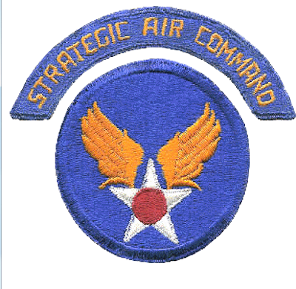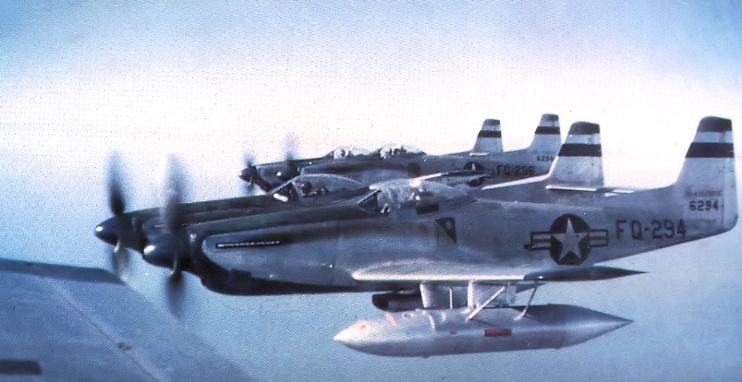Kearney Army Airfield
Kearney Air Force Base


Like Grand Island Army Airfield, Kearney Army Airfield/Air Force Base emerged after World War II as one of the few fields that survived (albeit briefly) into the Cold War.
World War II
As World War II loomed, the city of Kearney, Nebraska lobbied the War Department to serve as a military facility in 1940. By 1941, the city continued this pace by competing as a location for an Army Air Corps training school or a site for the storage of new bombers coming from Martin Bomber Plant near Omaha. The same year, voters approved a $60,000 bond to support construction of a new airport. The WPA stepped up and contributed another $300,000 and the new airport opened in August 1942.
With all of this effort, army inspectors determined the new field inadequate to support heavy bombers, yet another airfield soon emerged and Kearney joined the war effort. By November 1942, a concerted effort to improve the field yielded the first group to train there, the 100th Bomb Group (later known as the "Bloody Hundredth"). After the training of the 100th, Kearney served as a replacement crew member training station for B-17s and later B-29s.
By August 1945 with the end of the war in sight, Kearney AAF slowed operations. Yet unlike other Army Air Fields in Nebraska, Kearney remained open. In December 1946, fifty-two housing units were built and by July 1947, crews arrived to begin preparing the base for the F-82 Twin Mustang fighter
To Strategic Air Command
As the Cold War opened, Kearney Army Airfield (soon to be Kearney Air Force Base) stood at a threshold of strategic bombing history. The B-29 was still America's principal medium-ranged bomber, however the massive B-36 was soon to enter the picture. A bigger technological leap was to be seen in the jet-propelled B-47 bomber first flying in 1947, yet it was a number of years away from service. As the Korean War would soon prove, the B-29 bomber would be vulnerable to interception by more modern Soviet fighters. Escort fighters remained important to the bomber mission, and Kearney would fit that role. On July 28, 1947 the 27th Fighter Wing was established there flying the P-51D Mustang (soon to be the F-51D). The field was improved as it awaited the F-82, receiving that aircraft in early 1948. By the middle of that year, the 27th found itself deployed to McChord Air Force Base in Washington due to tensions arising from the Berlin Blockade. While there it accepted a secondary air defense role, but could also be called upon to perform its primary role of bomber escort should war have broken out. By September, the Wing returned to Kearney.
1949
During 1949, the 27th Fighter Wing began flying long-range "profile" training missions nationwide. For President Truman's inauguration, the 27th flew in 48 F-82 Twin Mustangs for the aerial review. Another was flown for the newly dedicated Idlewild (later John F. Kennedy) Airport in New York.
Even considering the exploits of the 27th, Strategic Air Command officials found Kearney Air Force Base lacking in infrastructure. Some improvements had been made, however housing was found lacking. In the face of a declining military budget, Strategic Air Command decided to move the 27th Fighter Wing to Bergstrom AFB, Texas and deactivate Kearney Air Force Base.
Kearney Airport
By 1950, the airport was in civilian hands. Soon Frontier Airlines was flying from the field. A portion of the field, the former northwest-southeast runway was converted into a drag-strip for Kearney Raceway Park. By 2020, a few World War II vintage buildings remained with a number of industries moving into the area since 1950s. The airport provides United service to Denver.